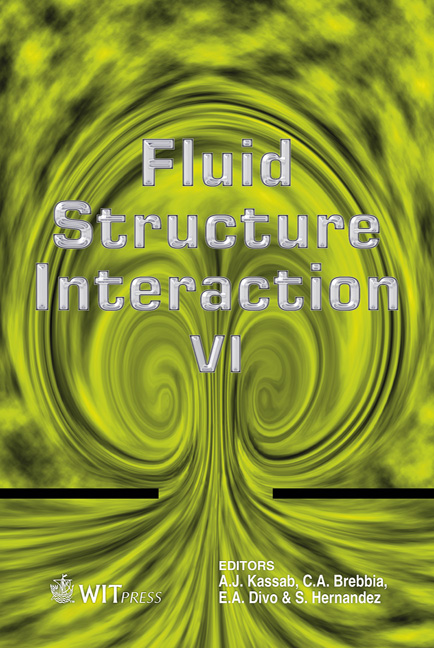Some Challenges On The Aeroelastic Analysis And Design Of Long Span Bridges
Price
Free (open access)
Transaction
Volume
115
Pages
12
Page Range
207 - 218
Published
2011
Size
1,418 kb
Paper DOI
10.2495/FSI110181
Copyright
WIT Press
Author(s)
S. Hernandez, F. Nieto, A. Baldomir & J. A. Jurado
Abstract
Many suspension or cable stayed bridges of very long span length have been built in the past decades and several projects of similar or even greater significance are under study. One of the main requirements of these structures is their safety under high wind speeds. Bridge aeroelasticity is the scientific field that study such a problem and is nowadays a quite well established discipline but some challenges, such as the proper procedure for the evaluation of wind speed, the use of CFD techniques or design optimization methodologies remain to be solved. This paper explains the current situation of these topics and outlines some ways out to be considered. Keywords: long span bridges, bridge aeroelasticity, reliability analysis, computational fluid dynamic, structural optimization. 1 Introduction The number of long bridges built in the last decades is really very significant and examples of these structures can be found in each continent, for instance the Great Belt and the Oresund bridges in Denmark, the Stonecutters and Tsing Ma bridges in Hong Kong, the Tatara and Akashi bridges in Japan or the Sutong and Xihoumen bridges in China are cases of recent realizations and the future bridge over the Forth river (UK), the Messina strait (Italy), the Chacao channel (Chile), or the era2000 project (Spain) [1] represent future links under development. All these structures need a complete study to identify their behaviour under wind loads, in other words, to check their aeroelastic behaviour. In that regards it can be accepted that bridge aeroelasticity is nowadays a well established discipline. Tests carried out in boundary layer wind tunnel with reduced models
Keywords
long span bridges, bridge aeroelasticity, reliability analysis, computational fluid dynamic, structural optimization





